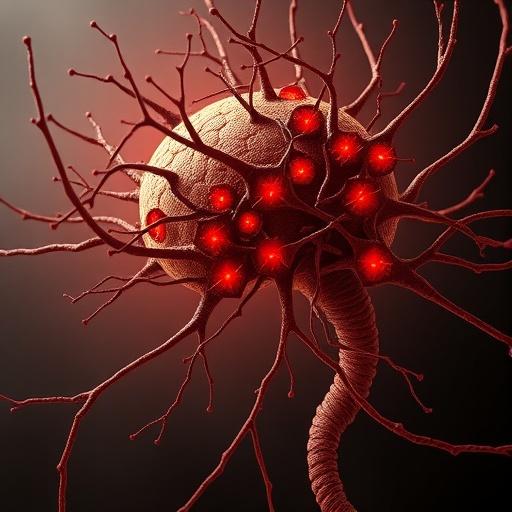University of Maryland School of Medicine research could set path for preventing premature births
BALTIMORE, MD., March 21 – Spontaneous preterm birth (sPTB), defined as birth before 37 weeks of gestation, and the related complications, are the largest contributors to infant death in the United States and worldwide, according to the World Health Organization. Researchers at the University of Maryland School of Medicine (UMSOM) have discovered that bacteria and innate immune factors in a woman’s birth canal and cervix may increase the risk of spontaneous preterm birth or provide protection against such births.
Results of the study, which was conducted in collaboration with the Perelman School of Medicine at the University of Pennsylvania, were published today in Nature Communications. This groundbreaking research provides information that could help physicians better predict and prevent these preterm births. The study sets the path for new research to develop rational strategy that would target “bad” bacteria or increase “protective” bacteria.
The findings are key as babies who survive an early birth often face serious, costly and lifelong health problems, including breathing problems, vision loss, cerebral palsy and intellectual delays. The economic burden of preterm birth is staggering, with an estimated cost of $26 billion per year in the United States alone, according to the National Academy of Sciences estimates. A failure to predict and understand the causes of preterm birth have limited the development of effective interventions and therapeutics.
In this study, researchers examined vaginal swabs from a sample of 2,000 pregnant women taken at three distinct points in pregnancy to determine the bacteria that made up the cervicovaginal microbiota. This is the largest cohort of pregnant women in whom the cervicovaginal microbiota was studied. Using innovative modeling of the cervicovaginal microbiota, seven bacteria were significantly associated with increased risk of spontaneous preterm birth, with a stronger effect seen in African American women. Interestingly, higher vaginal levels of the antimicrobial peptide β-defensin-2, a part of our innate immune system, lowered the risk of sPTB associated with cervicovaginal microbiota in an ethnicity-dependent manner.
“Predicting prematurity has been a riddle that has troubled researchers and clinicians for years, but we are finally shedding light on a path toward offering treatment to women we can identify as being at risk. Previous studies, including ours, were limited by low sample size. In establishing this large cohort, we aim to identify factors early in pregnancy that could be used to predict the risk to spontaneous preterm birth,” said co-senior author Jacques Ravel, PhD, Professor of Microbiology and Immunology and Senior Scientist at the Institute for Genome Sciences (IGS), Director of Genomics, at the University of Maryland School of Medicine.
“These new findings are the result of a multidisciplinary team of experts in obstetrics and microbiology, who came together and took a new approach to address this major problem in the United States and the world”
These findings hold promise for diagnostics to accurately identify women at risk for sPTB early in pregnancy. Therapeutic strategies could include immune modulators and microbiome-based therapeutics to reduce this significant health burden.
“Approaching this complex health problem of preterm births from a multidisciplinary perspective is given clinicians new insights,” said UMSOM Dean E. Albert Reese, MD, PhD, MBA, who is also the Executive Vice President for Medical Affairs, University of Maryland and the John Z. and Akiko K. Bowers Distinguished Professor. “While there is known racial disparity in preterm births with African-American women having significantly higher rates than non-African American women, factors that underpin this disparity have remained elusive. “
###
Dr. Ravel collaborated with Michal Elovitz, MD, professor, Obstetrics & Gynecology at the Perelman School at the University of Pennsylvania.
This study was supported by the National Institute for Nursing Research of the National Institutes of Health under award number R01NR014784.
Media Contact
Joanne Morrison
[email protected]
http://dx.




